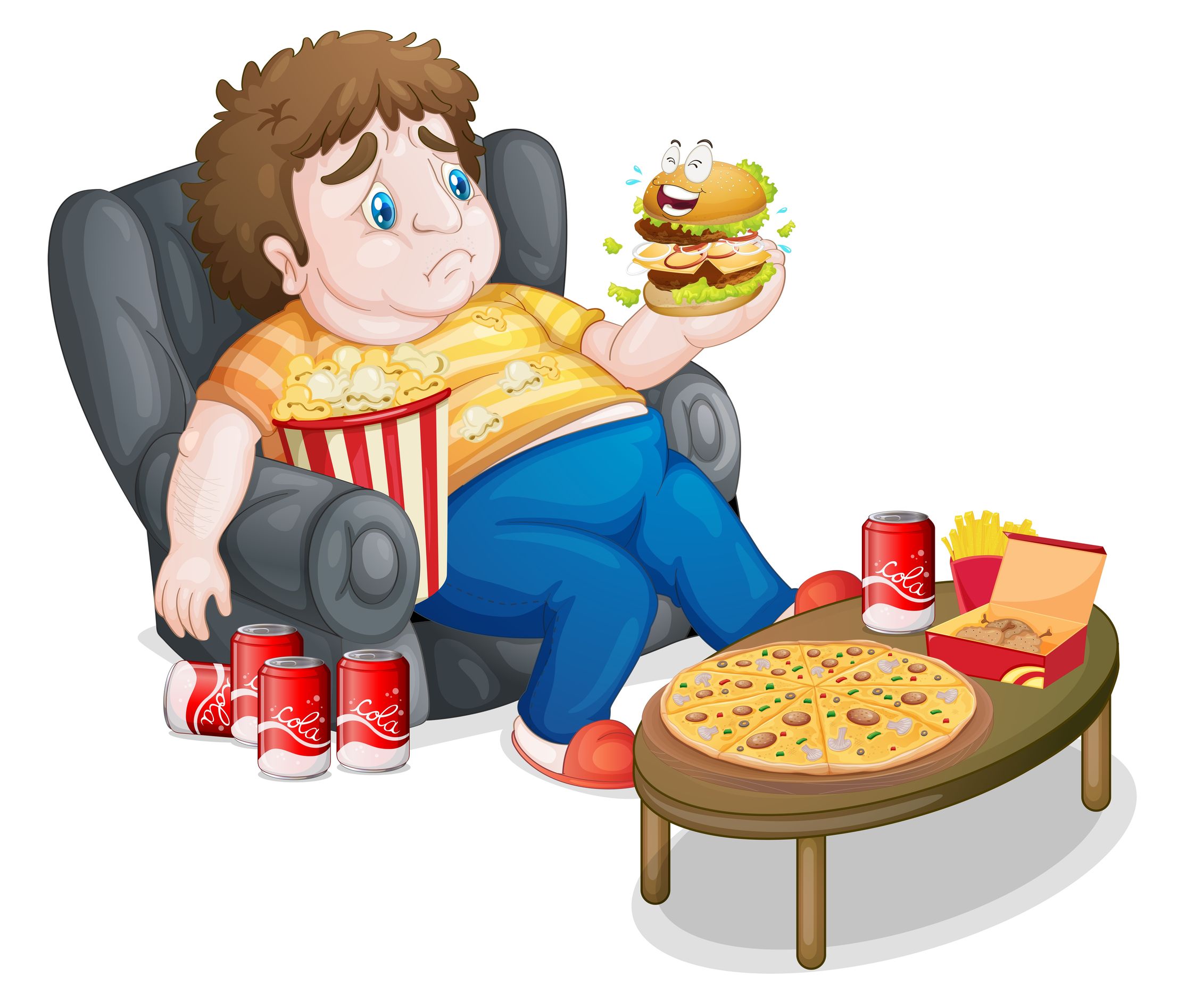The statistics are shocking. Over the last 30 years, obesity has more than doubled in children, and quadrupled in adolescents. In 2012, more than one out of three children and adolescents were considered overweight or obese.
Obesity is the result of caloric imbalance: simply too few calories expended as compared to calories taken in. This imbalance can be caused by behavioral, genetic and environmental factors. Obesity is determined by BMI (body mass index), a calculation that measures height and weight to estimate the percentage of body fat.
Only on rare occasions is obesity the result of a medical condition.
Obesity leads to a host of physical problems. It can cause cardiovascular diseases (for example high blood pressure or high cholesterol levels), bone and joint problems, sleep apnea, and pre-diabetes (which simply means a high risk of developing diabetes in the future).
Often overweight or obese children become obese adults, and the physical problems escalate as time goes on. Obesity carries with it increased risks of several kinds of cancer, including breast, ovarian, prostate, colon, thyroid, and kidney, as well as multiple myeloma.
Physical problems are not the only results of obesity. Emotional problems often surface as well. Obese children frequently find themselves teased, bullied, or ostracized. Their self-esteem plummets and they are made to feel like outcasts. Performance in school may decline, and all of these factors may, in addition, lead to depression.
The toll on youth, and on society, is tremendous. Just what happened? What caused this epidemic of obesity?
High calorie food and drinks with low nutritional value, and lack of sufficient physical exercise are the roots of the problem. More than half of the kids in school still are able to choose sugar laden soft drinks instead of healthy beverages. These drinks add calories, with no nutritional value, and are available in vending machines, cafeterias, and at sporting events and school functions.
And what about the food? Unbelievably, the number one meal served in school cafeterias is chicken fingers and french fries. Potato chips, ice cream, and snack cakes are all commonly available. The high fat and sodium found in meals such as this is a huge contributor to the growing trend of childhood obesity.
Foods high in sugar, fat, and salt are advertised widely to school-age children, causing them to reach for chips, soda and candy when they are hungry. Healthy food is rarely advertised, although this is beginning to change.
In addition, portion sizes of these unhealthy foods has increased over time in vending machines, restaurants and convenience stores. So not only are kids eating high calorie foods, but they are eating more of them.
The other side of the obesity equation is lack of exercise. While quality daily physical education is recommended, it is estimated that only a third of children actually receive it.
Outside of school, many children do not have access to a safe area to play and exercise. Half of the kids in this country do not have a park or a community center in their neighborhood, or a safe way to get to one.
According to the Centers for Disease Control and Prevention, children aged 8-18 spend an astounding 7.5 hours a day on entertainment media, ranging from television to computers, cell phones and video games. Not only are their bodies idle while they are glued to a screen, but they tend to snack while watching, and are exposed to ads for more sugary and high fat foods.
Thankfully, the alarm has been sounded and communities and individuals across the country are working to change the statistics of obesity. Some schools have banned sugary beverages and snacks from their cafeterias and vending machines, replacing them with healthier juices and water and low fat, low sugar foods. Bills have been introduced to make healthy foods the norm in our schools, and to ensure that every school has a good physical education program. It’s a good start, but we have a long way to go to end this epidemic.

